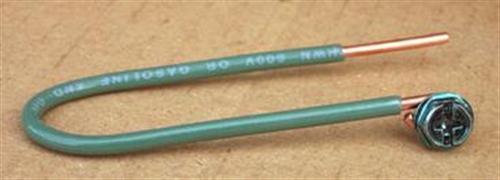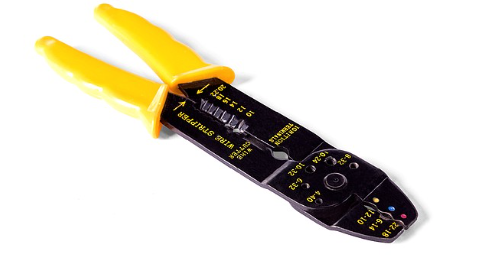Congratulations, you have EMT conduit or better. This is the good stuff, much of the "pipes" you see in commercial and industrial buildings are this. Look at the ceiling at CostCo.
Your box looks exactly like it's supposed to. All my boxes look like that. The metal conduit serves as the ground wire.
How do you attach a device ground? Look in the back of the junction box. There are several holes, but one of them is different. It is tapped for a 10-32 screw. Often, it sits on a little "dimple" to give the screw threads somewhere to go.
Any short 10-32 screw will do, but for a professional flair, they make green screws for the purpose, and even will sell them with pigtails attached. Do not use sheet-metal screws.


However, this may not be necessary. The device has metal tabs (ears) where you screw it into the box. Pay close attention - if the ears "bottom out" on the metal of the box, you do not need that ground wire. If they bottom-out against drywall, you need a ground.
Unrelated, one more tip on the device-mounting screws. Some are shorter. Look behind the lower right mounting screw on your box. See where a pipe is coming in? That screw needs to be shorter, or it'll hit the pipe. (the screw will suddenly get stiff to turn; stop or you can strip out the threads on the junction box, a painful repair even when it's not in drywall.) The old screws may be captive on the old device; they are held on by a square of cardboard or plastic, easy to move. Or you can buy short ones (1/2") at the hardware store, or cut them to length with the screw shear on the a multi-strip tool (that's what it's for).
 source
source




